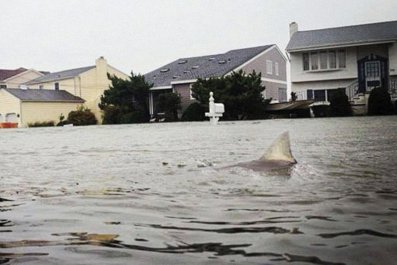WHO'D HAVE thought paleontologists were such prudes? Brian Switek, writing in Scientific American, says one reason we know so little about the sex lives of dinosaurs is "because studying the sexual behavior of animals was taboo historically." The other reason, of course, is that the relevant parts are not preserved in stone (although there are a couple of 47-million-year-old turtles that were caught in the act). That's a shame, because it turns out there are a lot of questions this line of inquiry might be able to answer. Earlier this month an article in Nature explored, at the molecular level, what it described as "a long-standing mystery in evolutionary biology," that is, "How the chicken lost its penis." The news is relevant for prying paleontologists because birds are among the closest living relatives of dinosaurs. With chickens and many reptiles, insemination occurs through what's called a "cloacal kiss," with no penetration. As for T-rex sex, Switek is still pondering the evidence. Did the female lie on her side? Did the toothsome lovers back up to each other? "By subjecting old bones to new technologies," he writes, "scientists will start to understand how the dinosaurs proliferated over their astonishing reign."
What We Can Learn from Dinosaur Sex




























